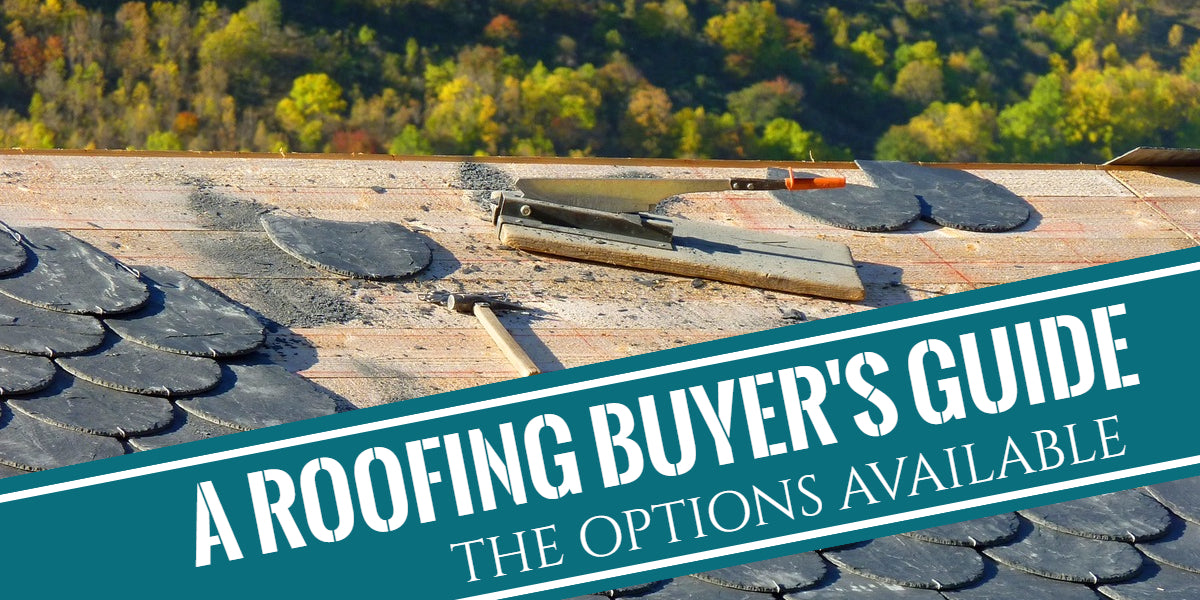
Whether you’re building a new house or you need to update your current roof, when it comes to putting the plans together, it’s important to remember that the roof is our first line of defence (other than the walls) from nature’s elements and also helps to buffer noise, so the plans need careful consideration and plenty of research.
Although roofing is foremost a practical home feature and we couldn’t live without it, from a design point of view the roof is the single largest surface area of a house and therefore has quite a bit of room for creative freedom. With lots of plans to consider including; budget, functionality and style considerations, we’ve put together this guidebook to take you through the options available, which hopefully will show you that there’s more than you thought.
The guide outlines the roofing shapes you can get, the types of tiles and slates which will be persuaded by design choice and budget, eco-friendly roofing options, window installation options and insulation varieties. There’s even a glossary at the end of the guide which outlines some of the key terms used in the roofing industry!
Contents
Types of RoofingRoofing Material Options
Eco-Friendly Roofing
Roofing Windows
Roofing Insulation
Glossary of Roofing Terms
Types of Roofing

When it comes to building a house from scratch or adding an extension, there are a couple of options you can go for in regards to the roof design. There will however be certain factors that affect your final decision, this might be your budget, where you live and the type of weather you get all year round, as well as whether you live in a neighbourhood or not, as your roof shape might be influenced by your neighbouring roof shapes.
Different roofing shapes have different pros and cons. For example, a ‘Hip Roof’ might be more stable than other roof types however more expensive to build. A ‘Gambrel Roof’ will help to provide additional living space in the loft, however this type of roof shape isn’t recommended for heavy wind areas. So it’s important to weigh up all the pros and cons of each roofing types. Check out some of the below links for further reading and information on the different roofing shapes and styles available to you.
- 10 Beautiful Roofing Shapes and Styles
- Top 15 Roof Types & Their Pros & Cons
- Roof Shapes For Tiny House RVs
- Roofs and Roof Shapes
Roofing Material Options

Updating your existing roof enables you to add value to your home and communicate your personal tastes and creativity. While the roof framing, structure and proper installation is the most important, the materials for your roof can really upgrade the exterior of your house and add an additional layer of protection.
From asphalt shingles and clay tiles to natural slate and stone roof tiles, your chosen roofing material is a crucial consideration that contributes to the overall look and style of your home. Budget, overall style and weather conditions all come into play for your roofing plans. There’s also colour consideration, as well as eco-friendly options which are outlines in the chapter after this one. Take a look at the below links for some guides on choosing roofing materials.
- Choosing Roofing Materials
- How To Choose a Roof For Your Home
- Choosing Slates and Tiles
- How Much Does It Cost To Re-Roof A House
- Choosing The Best Roofing For Your House
- What Role Does The Roof Colour Play?
- Beat The Heat With A Cool House Roof
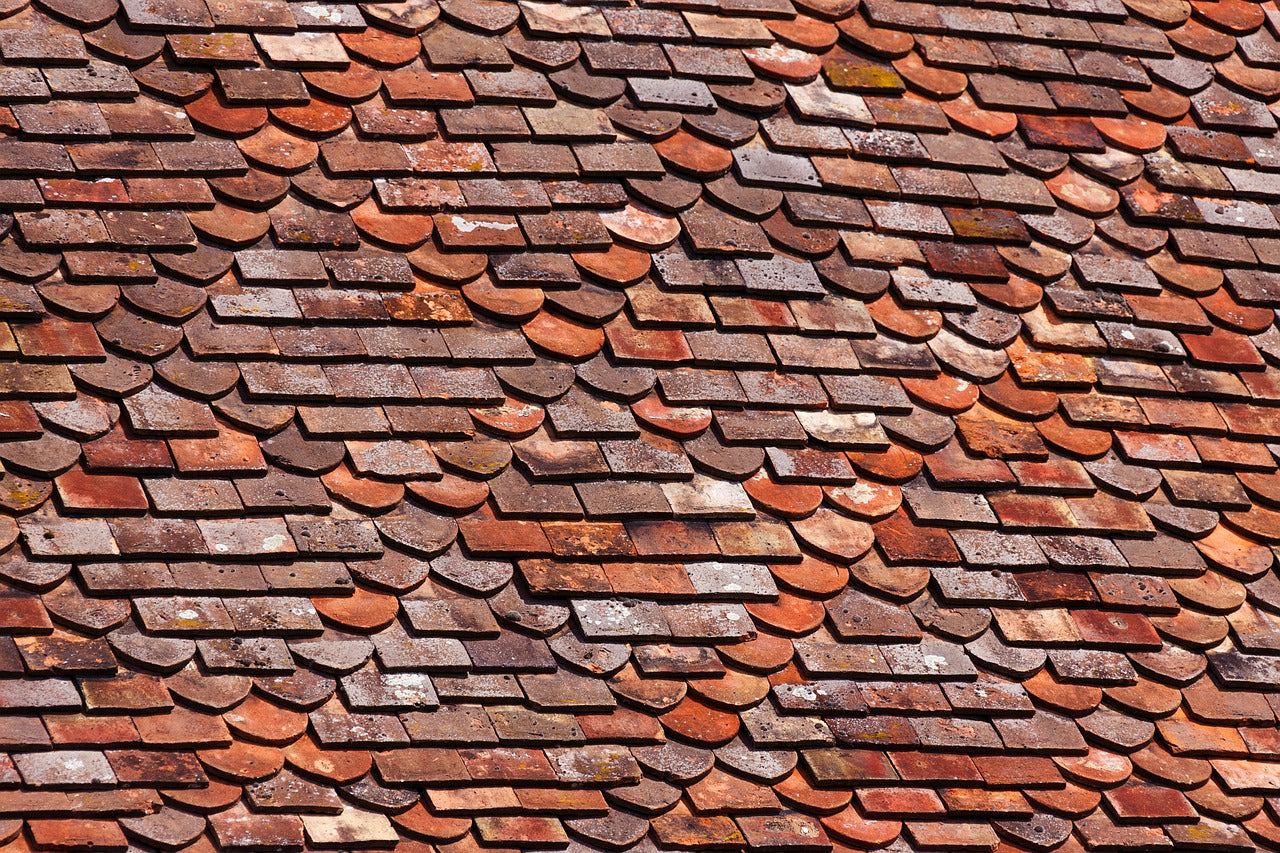
Eco-Friendly Roofing

If you’re looking to invest in making your home more eco-friendly to help both the environment and your wallet, then you might not be aware of all the options available to you. Going eco-friendly isn’t as drastic as you might think either (especially if you’re looking at replacing/updating your roofing anyway).
You can avoid heat loss from your home by insulating your roof/loft (which is outlined in the chapter below), as well as looking at installing solar panels on your roof, solar tiles and even EcoLogic roof tiles. EcoLogic tiles feature a unique coating that removes nitrogen oxides and pollutants from the atmosphere. In addition to the eco-friendly coating, the EcoLogic tiles also include higher levels of recycled content.
There’s also the option of recycled shingles, wood shingles and even metal roofing! Metal roofing is great as many of the products include recycled materials and then they can also be recycled when they have filled their purpose. Plus, they can also last up to 50 years.
Take a look and see what other options there are for eco-friendly roofing...
- 8 Ecofriendly Roof Options For Low Budgets and Up
- Metal Roofing: An Unlikely Way To Reduce Waste and Save Energy
- Eco-friendly Roofing Materials
- Options For Roofing Materials
- Green Infrastructure Benefits
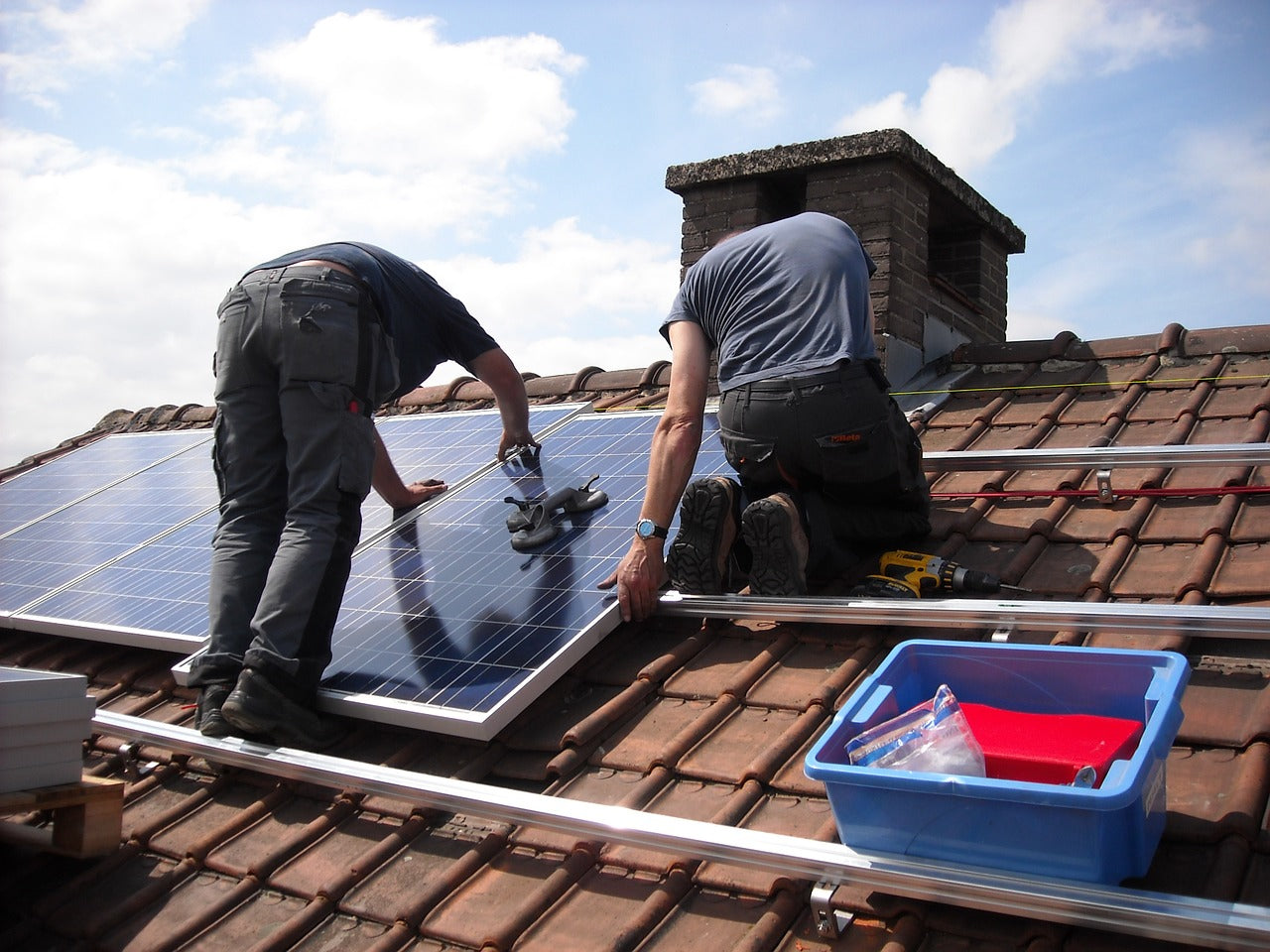
Roofing Windows

If you’re looking at expanding your living space and converting your loft into an additional room, you’ll want to incorporate some roof windows into your plans, to ensure that the room gets plenty of natural sunlight.
Aside from the fact that roof windows are extremely practical for getting more sunlight, they’re also an exceptional way to do your individual part in protecting the planet. It might not seem like a major differenced at first, but you’ll be pleasantly surprised to see just how much electricity you can save through this small gesture.
All depending on your design criteria and budget, there’s a whole range of roof windows; centre-pivot roof windows, electric and solar powered, top-hung roof windows and flat roof windows. Discover more of the benefits and styles available with the links below....
- Help To Choose The Right VELUX Roof Windows
- Essential Design Guide To Rooflights
- The Health Benefits of Natural Daylight
- Natural Sunlight with Roof Windows
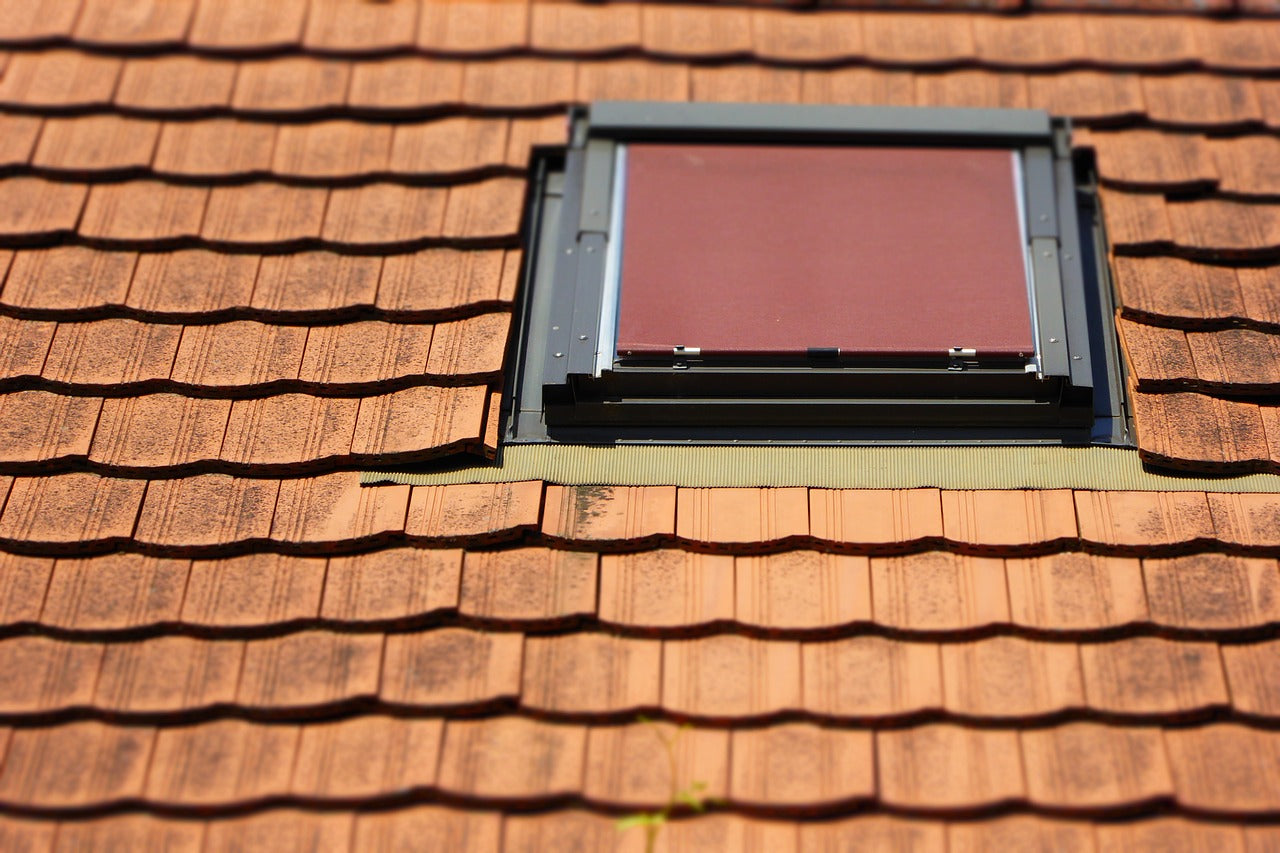
Roofing Insulation

Roof and loft insulation is a very common procedure when it comes to home upgrades and construction. Insulation is one of the most efficient ways to save energy at home since it keeps it warm in the winter and cool in the summer. Roof insulation is also useful for reducing noise pollution. A well insulated house is very energy efficient and will need very little additional heating and cooling.
Your options for roof insulation will depend on the type of roof you have and roofing materials. Pitched roofs are more common and there are more options to choose from, while flat roofs and dormer roofs are more of a challenged to insulate. The main options of insulation are; pitched roof insulation boards, multifoil roofing insulation and flat roof insulation, however there are a couple more options as well...
- Insulating Attics and Roofs
- Roof and Loft
- Insulation Buying Guide
- Seven Common Types of Roof Insulation
- The Ultimate Guide To Roof and Loft Insulation
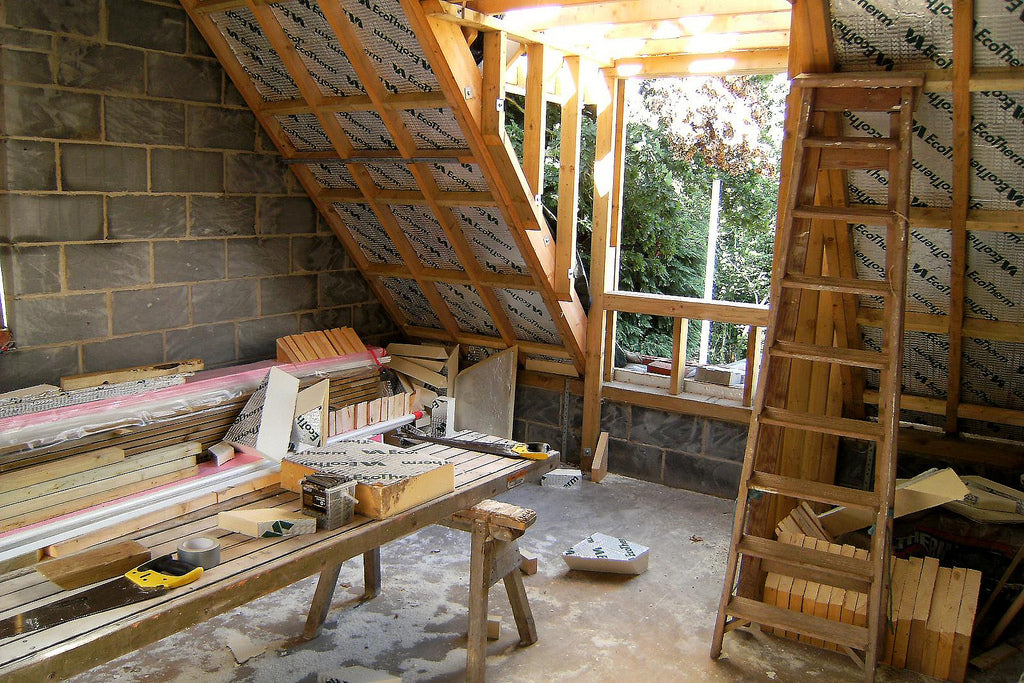
Glossary of Roofing Terms

To carry out thorough research for your roofing project, it’s best to familiarise yourself with some of the key terminology used within the roofing industry. We’ve put together a list of the most common and also the most basic terms, so that they’re easier to remember!
- Asphalt - Asphalt is a waterproofing agent which is applied to roofing materials (such as Shingles) during the manufacturing process.
- Caulk - Caulk and the process of Caulking is used to seal joints between adjacent units to weather-tight the seams.
- Eaves - An element of a roof that meets or overhangs the walls of a building.
- Fascia - This is a horizontal board or strip that runs along the eaves of the roofing.
- Flashing - Fitted to maintain a watertight roof, Flashing is a piece of sheet metal placed on the joints in a roof to keep water from seeping into the structure.
- Gable - A triangular-shaped portion of the end wall of a building directly underneath the sloping roof, and above the eave line.
- Rafter - A Rafter extends from the ridge to the down slope of the eave and is one of a series of structural beams, designed to support the roof deck.
- Shingles - Made of various materials, Shingles are usually flat and components that cover the horizontal external angle formed by the intersection of two sloping roof planes.
- Valley - A Valley is a V-shaped metal channel that runs up and down the folds of a roof.
- Vent - Any device installed on the roof as an outlet for air to ventilate the underside of the roof deck.








